Contact Details

Walter has introduced the Walter Prototyp Supreme MB265 and MB266 solid-carbide milling cutters, two new milling tools that boost productivity due to their high metal-removal rates, while also increasing process reliability thanks to design features that act to enhance stability while simultaneously decreasing the likelihood of microfracturing.
In keeping with its practice of continuous product improvement, these two new mills replace and expand the technical capabilities of Walter's Sky-tec milling cutters. One of the key design features of the new mills is their coolant strategy. The conventional approach with this type of tool is to have both axial and radial coolant exits. However, this approach tends to make the tool less reliable, largely because radial exits are produced by an EDM machine, often leading to microfractures.
With the Supreme MB265 and MB266 careful engineering of the axial coolant exists has allowed the radial exits to be removed, eliminating this problem. In addition, both of these new milling cutters feature V-cutting edges that result in more ramping angle as well as one cutting edge to the center.
The new solid carbide milling cutters are engineered primarily for use with the ISO N material group which includes alloys of wrought aluminum, cast aluminum, and magnesium, as well as bronze and brass. Applications include shoulder milling, slot milling, interpolation milling, and plunge milling in general metalworking as well as aerospace. The Supreme MB265 is available in grades WJ30UU (uncoated) and WJ30CA (CrN coated). The Supreme MB266 is available in grade WJ30UU (uncoated).
Related Glossary Terms
- alloys
alloys
Substances having metallic properties and being composed of two or more chemical elements of which at least one is a metal.
- coolant
coolant
Fluid that reduces temperature buildup at the tool/workpiece interface during machining. Normally takes the form of a liquid such as soluble or chemical mixtures (semisynthetic, synthetic) but can be pressurized air or other gas. Because of water’s ability to absorb great quantities of heat, it is widely used as a coolant and vehicle for various cutting compounds, with the water-to-compound ratio varying with the machining task. See cutting fluid; semisynthetic cutting fluid; soluble-oil cutting fluid; synthetic cutting fluid.
- electrical-discharge machining ( EDM)
electrical-discharge machining ( EDM)
Process that vaporizes conductive materials by controlled application of pulsed electrical current that flows between a workpiece and electrode (tool) in a dielectric fluid. Permits machining shapes to tight accuracies without the internal stresses conventional machining often generates. Useful in diemaking.
- gang cutting ( milling)
gang cutting ( milling)
Machining with several cutters mounted on a single arbor, generally for simultaneous cutting.
- interpolation
interpolation
Process of generating a sufficient number of positioning commands for the servomotors driving the machine tool so the path of the tool closely approximates the ideal path. See CNC, computer numerical control; NC, numerical control.
- metalworking
metalworking
Any manufacturing process in which metal is processed or machined such that the workpiece is given a new shape. Broadly defined, the term includes processes such as design and layout, heat-treating, material handling and inspection.
- milling
milling
Machining operation in which metal or other material is removed by applying power to a rotating cutter. In vertical milling, the cutting tool is mounted vertically on the spindle. In horizontal milling, the cutting tool is mounted horizontally, either directly on the spindle or on an arbor. Horizontal milling is further broken down into conventional milling, where the cutter rotates opposite the direction of feed, or “up” into the workpiece; and climb milling, where the cutter rotates in the direction of feed, or “down” into the workpiece. Milling operations include plane or surface milling, endmilling, facemilling, angle milling, form milling and profiling.
- plunge milling
plunge milling
Highly productive method of metal removal in which an axial machining operation is performed in a single tool sequence. The tool makes a series of overlapping, drill-like plunges to remove part of a cylindrical plug of material one after another. Because of the increased rigidity of a Z-axis move, the tool can cover a large cross-section of material.


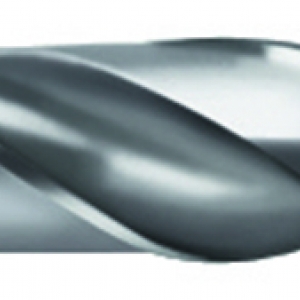
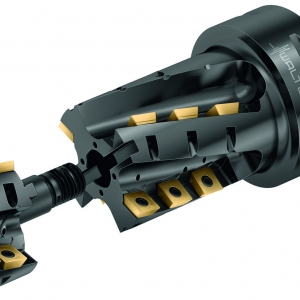

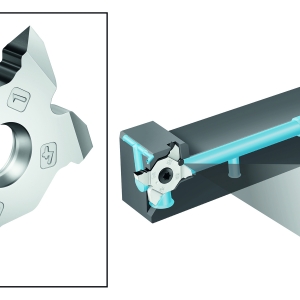
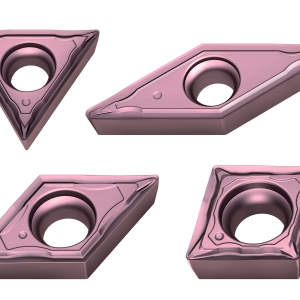
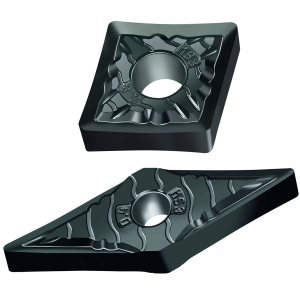
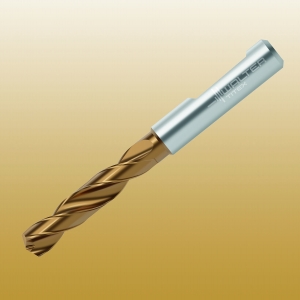
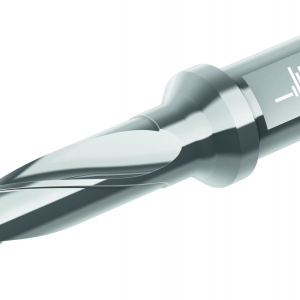
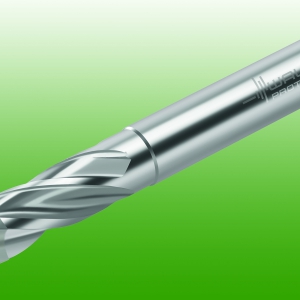
 PRODUCTS
PRODUCTS

